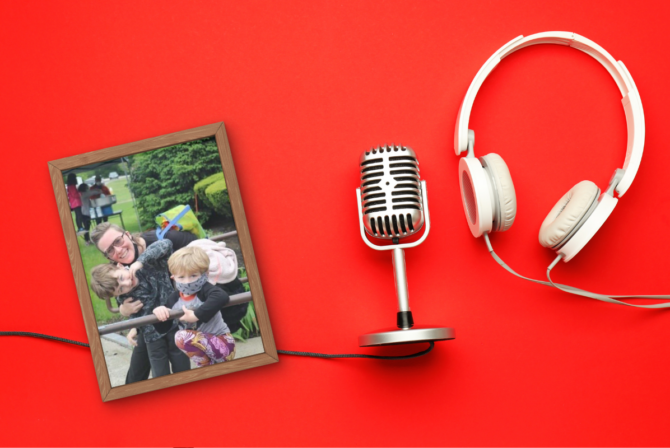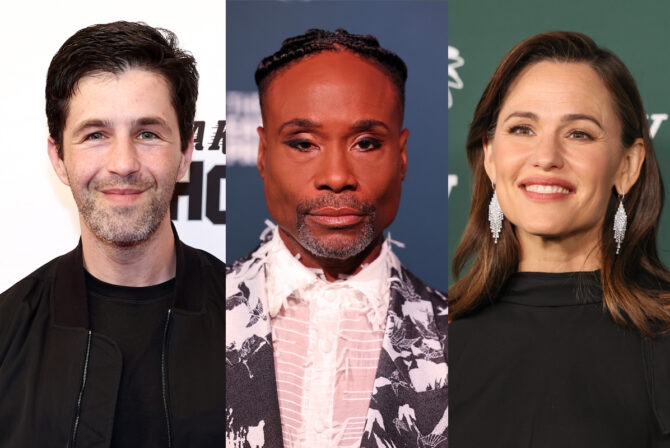Last autumn, nestled near my preschool daughter’s scalp and obscured by her thick hair, were lice. Our immediate desire was to rid her–and the household–of the pesky critters. Out came the clippers. Her hair was buzzed short enough to glimpse her scalp.
From birth, she’s been admired for her dark hair, which never fell away. Instead, it grew fast, first curly, and then it pitched itself right down her slight toddler back. More recently (when the formerly equally longhaired brother got lice, then a buzz cut) she sported a sassy bob. Post-buzz, she may have had less hair than at any time in her entire life. It shouldn’t have surprised me that the sudden buzz cut revealed how primary a role her hair played in people’s perception of her. What surprised me more was her own reaction to her self-perception.
That’s not what I was thinking about when the clippers revved. I was hell-bent upon eradicating any possible home for the tiny bugs that clung to the hair shafts of my child. We’d endured many battles over tangles (and let her watch many episodes of kids’ television during hair-brushing sessions). I wasn’t really thinking about the strong attachment my husband and I felt to her long locks, nor hers, although at its longest, her hair was a showstopper, a conversation piece. I’d grown so accustomed to people praising her girlie girl looks it never occurred to me that a haircut could change things (she was and is gorgeous after all).
Of course I knew better. Or I think I should have known better. I had experienced all this from the opposite direction, having raised three young boys who’d preferred to wear their hair long. After a certain amount of soul searching when the first one refused all haircuts, their papa and I decided the boys’ hair was their hair and if they didn’t mind being mistaken for girls, we didn’t mind, either. We’d come to understand that no matter how many soccer jerseys or trucks emblazoned on shirts your boy wore, if the hair cascaded well past his shoulders, people assumed “girl.” Our shorthand for this was hair trumps clothes.
The day after my daughter’s buzz cut–and nearly 100 loads of laundry later–she and I walked down our street toward her gymnastics class and she said, “I’m worried everyone will be like ‘Saskia, great haircut‘ and I don’t want to talk about my hair.” She made a pouty face. It was a radical haircut and people were going to mention it. I suggested she rehearse her reply: “Thank you. I’m doing gymnastics, now.”
But it wasn’t just her. I got lice, too. My hair went from grazing shoulders to buzzed short, not quite see-the-scalp short, but nearly that cropped. So when we walked through the hallway at the Y, we were met with stares, as if one of us had undergone chemo and the other had gotten a solidarity buzz cut. Although her lavender leotard with built-in filmy skirt hardly communicated boy–or even tomboy–in that hallway, she clung to me, no doubt noting that every other girl there had enough hair to manage a barrette. She never made it to class.
Saskia wasn’t the first to discover that hair changes people’s perception of who they are. An essay by Jan Hoffman for the New York Times reveals that a little girl with long blond hair who begged for a Mohawk was surprised that when she, “showed up at preschool with the new ‘do, running to the boys to play basketball, the boys shrank from her. When she tried to play ‘Unicorns and Bunnies’ with the girls, they shunned her, too.”
Saskia was not shunned–far from it: her pal Sammy admired her new look immediately and her pal Arlo told his mom that, “Saskia has a cool haircut.” However, numerous people have referred to her as “he” despite dress or sparkly boots or filmy gymnastics skirt. Edgy or cute as her new hairstyle may be, she is not necessarily pegged as the pretty one, as she was accustomed.
She stares at people like they’re crazy when they suggest it’s fun to make people wonder about what your gender actually is. This is a girl who has not acquiesced to pants or shorts for months and months, only dresses and skirts. To me, this confusion about her gender only underscores how frequently little girls are admired for their appearance, especially if they have “beautiful hair” or wear dresses or adorn themselves with barrettes, jewelry, frilly socks, or sparkly footwear. And that is disturbing.
It’s disturbing, too, how much of a reflex it is to note the sparkly bits or the flowery bits or the braided bits or the ballerina bits. When you walk into room after room to see little girls with long , growing hair, when the beauty industry generates more than $40 million a month on beauty products marketed for girls aged 8 to 12 according to the research group NPD, it sinks in that your little girl’s cropped hair cannot simply be a nonissue. Her hair’s not even a nonissue for me–or her papa. Until the enforced cut, I hadn’t really thought about how much her hair had mattered to us. We liked how pretty she looked, especially as a tiny person with such dramatically long hair. With super short hair, her panache is in full evidence (think, indie rocker preschooler). Her hair still matters to me. And I feel terribly about that, because so much more about her matters to me, obviously.
The haircut acts like a giant caution sign and makes me see in sharper focus how the challenge is to affirm her for her–not her hair or her cute dress or her girlish appearance (or her hip indie rocker appearance). Between peers’ growing hair and all those kudos for her long hair and the beauty she sees reflected, it’s no wonder my gal’s somewhat uncomfortable about her ‘do. That she cares, that I care, that what might dictate comfort is to care–and conform–leaves me uncomfortable and confused about what messages I really wish to pass on.
My immediate response to the confusion was rooted in retail. I went out after the loss of courage to attend gymnastics class and bought her a pastel rainbow’s worth of headbands, in order to nab both a pink headband and a purple one.
For more on kids and gender, read why one mom writes about her son’s pink shoes, one mom doesn’t care that her daughter wears a lot of pink, and one mom is fascinated by her son’s obsession with classic boy toys.







